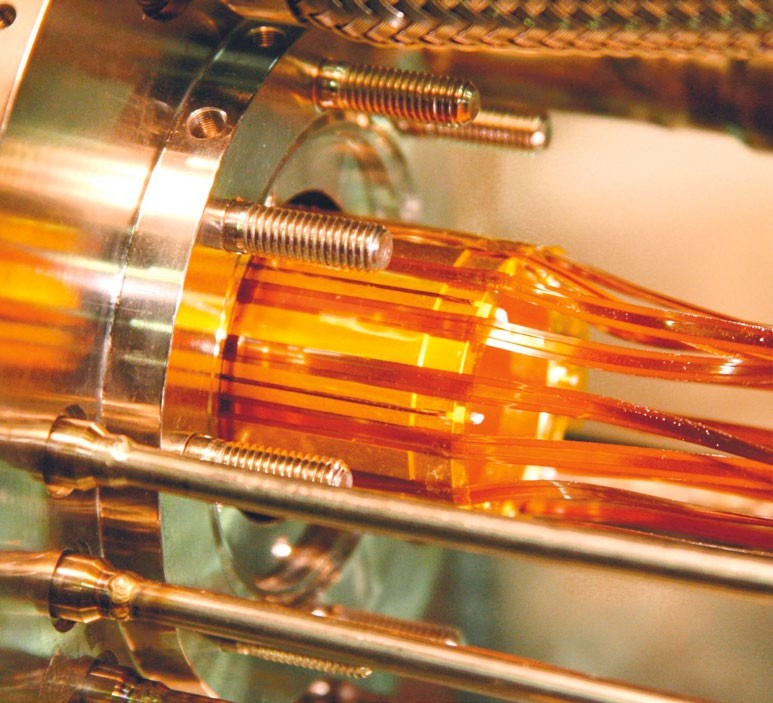DID YOU KNOW?
Antimatter should have annihilated all of the matter in the universe after the Big Bang
DID YOU KNOW? Antimatter should have annihilated all of the matter in the universe after the Big Bang
It’s a hackneyed science-fiction image. For the first time in history, a human and an alien meet. They go to shake hands – or tentacles – and detonate in an explosion so violent it could blast apart a planet. The alien is of course made of antimatter, and when matter and antimatter meet, as every physicist knows, they detonate in an explosion to end all explosions.
The trouble is, this is just about the only thing physicists know about antimatter. To find out more, researchers at the European Organization for Nuclear Research (CERN) near Geneva, Switzerland, are fighting a heroic battle to make and store a tiny speck of antimatter. This pioneering research hopes to address fundamental questions about the properties of antimatter, such as whether it falls down or up under the influence of gravity, which CERN was able to answer in 2023 – it responds to gravity in mostly the same way as normal matter. If they’re very lucky, they may shed light on one of physics’ biggest questions: why do we live in a universe made solely of matter?
Did you know?
Some nuclei spit out positrons
Did you know?
Some nuclei spit out positrons
As well as answering these questions, their efforts to perfect techniques to make and store antimatter will bring us closer to creating enough of the stuff to do useful things with – perhaps even powering spacecraft. But we’re running ahead of ourselves. What is antimatter? Matter – the stuff humans and the stars and planets are made of – is assembled from microscopic building blocks such as electrons and protons. And protons themselves are composed of particles called quarks. In fact, ultimately, matter appears to be made of just six quarks and six leptons, of which the electron is an example. And there are four particles that are exchanged between these building blocks of matter, giving rise to forces such as the electricity that glues together your body. Then there’s the Higgs boson, which gives all other particles mass. That’s a total of 17 fundamental particles.

This Penning trap is used to combine positrons and antiprotons to produce atoms of antihydrogen
“When matter and antimatter meet, as every physicist knows, they detonate in an explosion to end all explosions”